8 bread maker mistakes you never knew you were making
These eight bread maker mistakes should be avoided at all costs
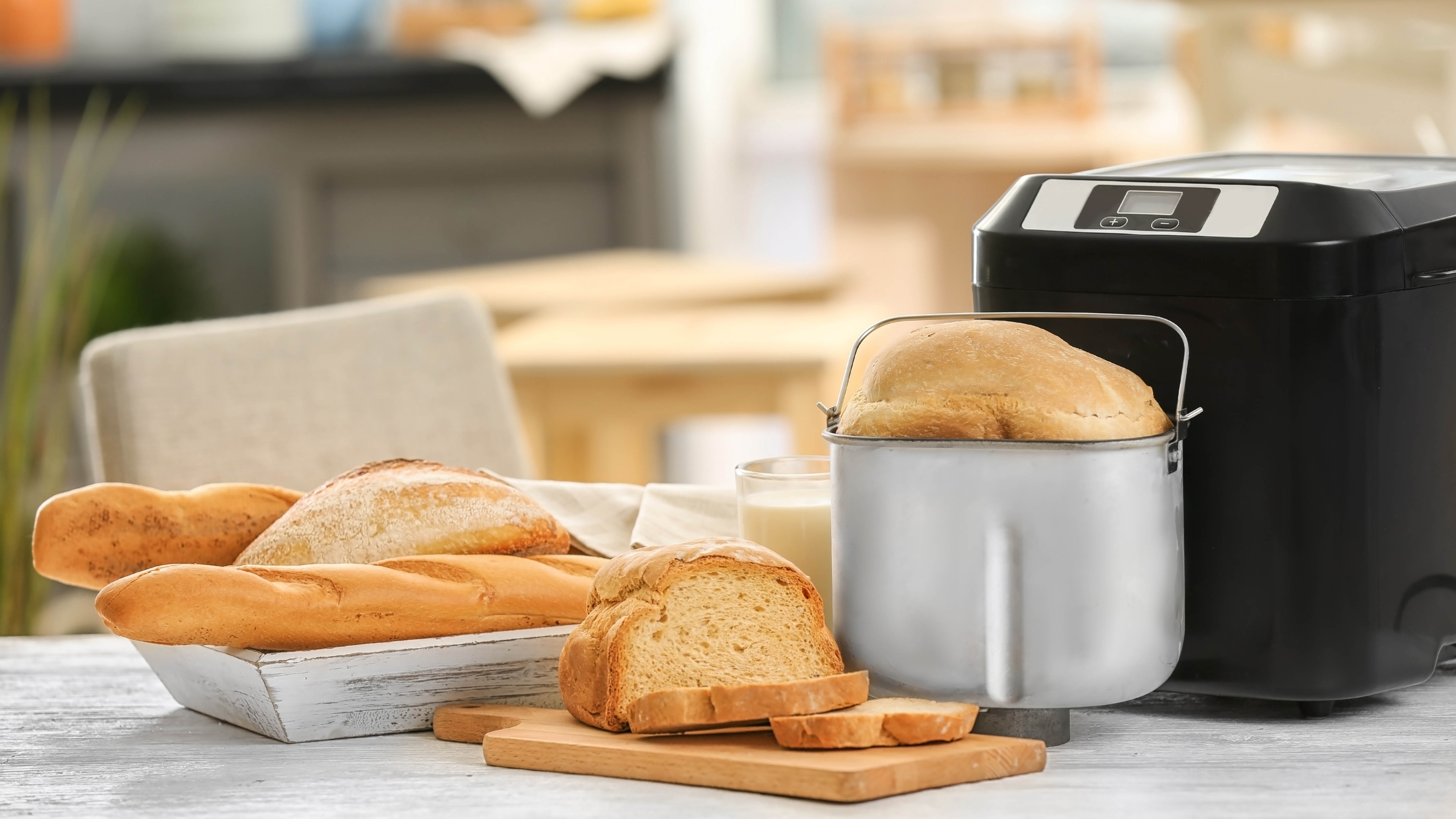
There’s nothing quite like the smell of freshly baked bread in the morning, and if you’re using one of the best bread machines, this task is all the easier. Bread machines are the ultimate convenience if you love to bake your own bread; simply throw the ingredients in, select your setting and size, and your loaf will be ready within a couple of hours.
And while this all sounds like it couldn’t be simpler, there are actually several common mistakes which many of us make when it comes to bread makers. The result of which is a less than satisfactory loaf, so you really should get out of the habit if you’re guilty of one of these. Here are eight bread maker mistakes you never knew you were making.
Stuck between using a bread machine vs oven? We've got the answer.
1. Not using the lid
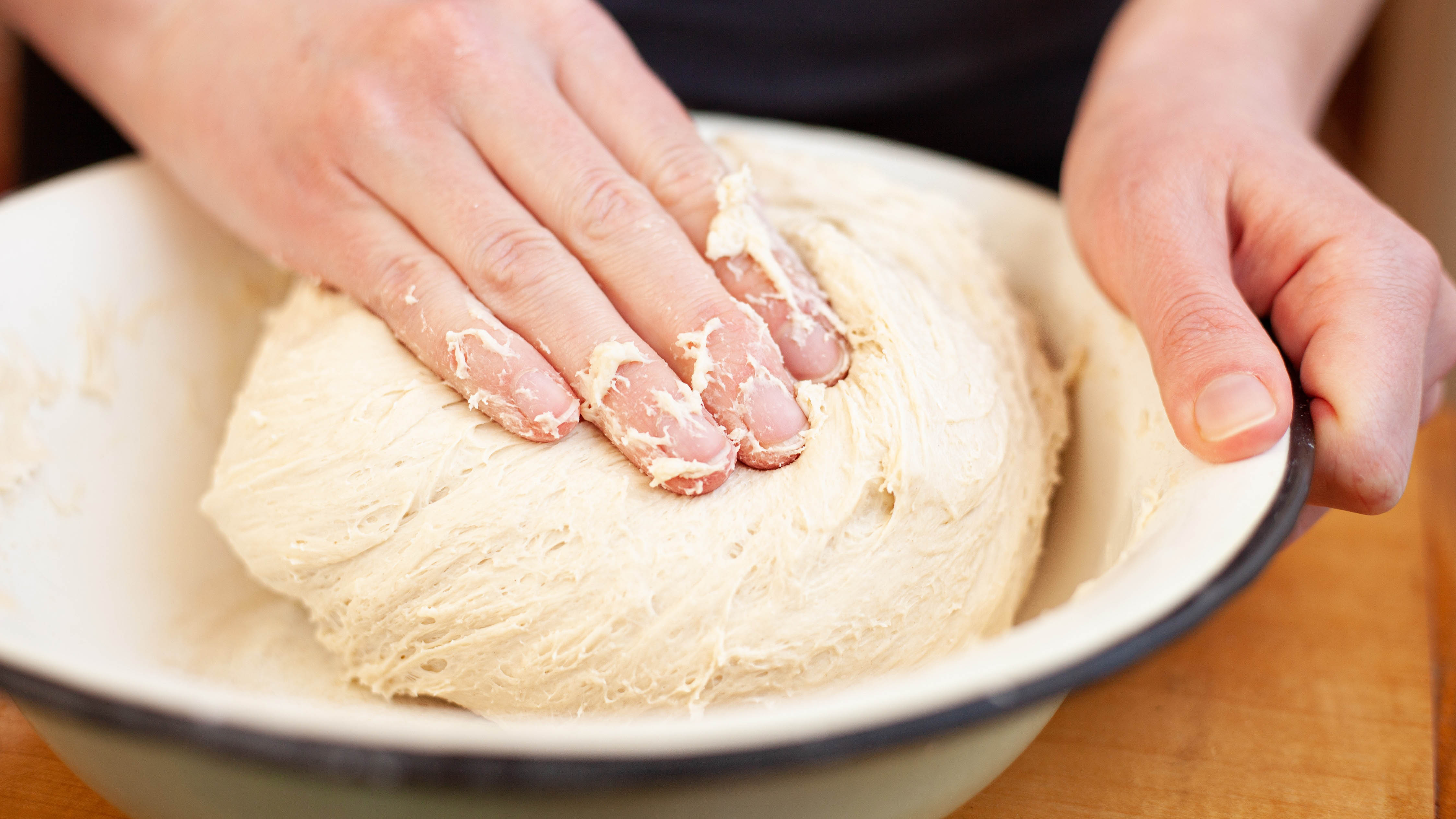
Many of us are afraid to open the lid once the program starts on our bread machine, but it should actually be encouraged if you want the best loaf. While your bread machine is in the early kneading phase, open the lid and touch the surface of the dough with your fingertip to assess its consistency. If it feels overly wet, you can add more flour, and if it feels too firm, water can loosen it. Don’t add too much at a time though — stick to about a teaspoon.
There’s also no reason why you can’t re-shape the dough prior to baking it. Take a look at the shape of your loaf before the final rise, a.k.a the proofing stage. If it’s lopsided, or you want to bake it in a different shape, or distribute it better across the pan, now’s your chance to amend things. Simply remove the dough, re-shape it and fit it back into the pan. Some bread machines will come with guidance on the display so you know when it’s the opportune time to pause the program and shape the bread, but otherwise you will need to work it out using the timings in the manual.
Just make sure you leave the lid closed once the baking phase starts — otherwise the heat will escape, which will affect the results.
2. Placing it near an edge
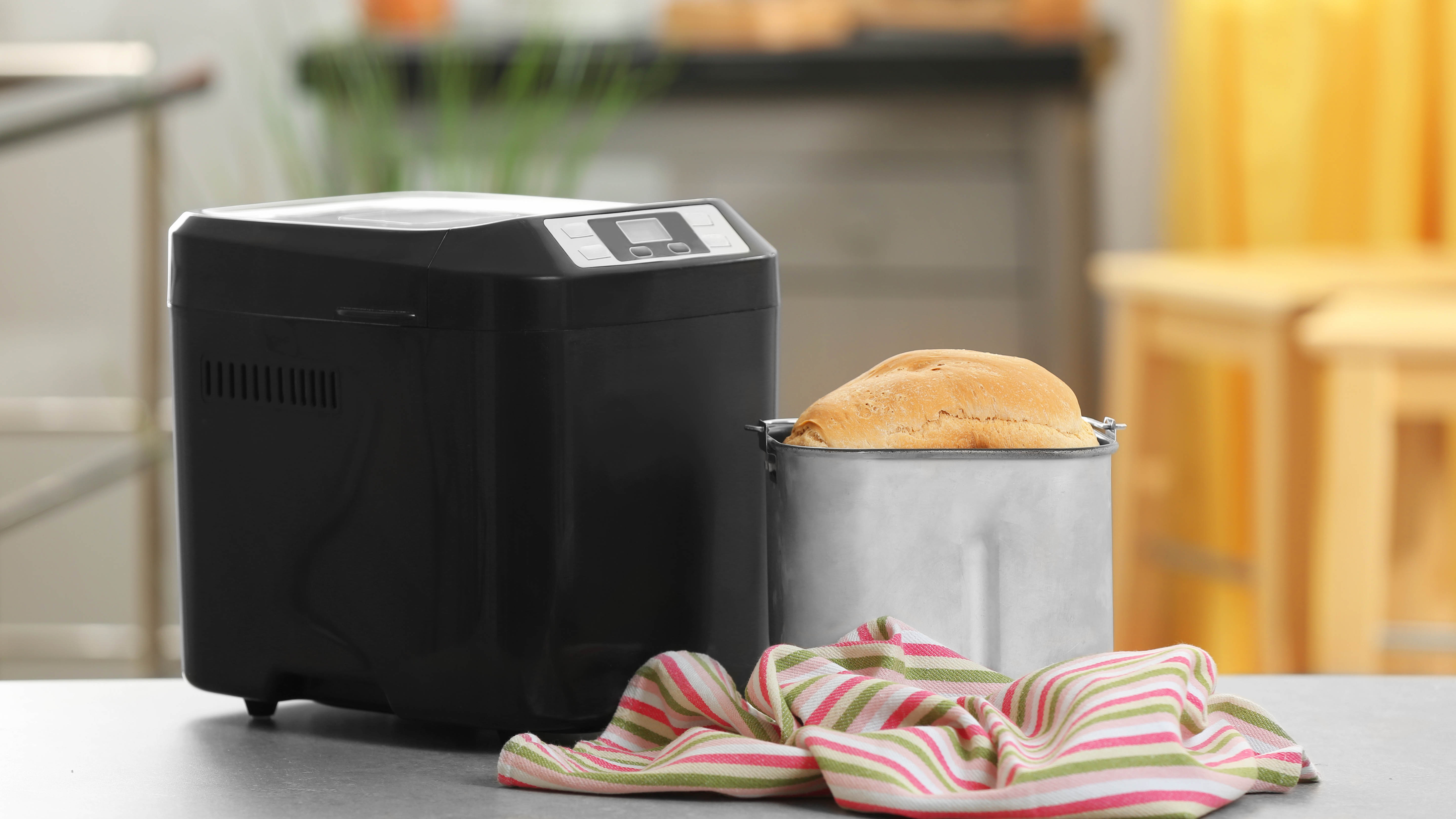
If you’ve ever seen a bread maker in action, you will know the power it has to use during the final stages of kneading. In fact, this takes so much effort that some bread makers have been known to vibrate and ‘walk’ across the counter. It’s for this reason that a bread machine should never be placed near the edge of a countertop or on an unstable surface.
Get instant access to breaking news, the hottest reviews, great deals and helpful tips.
Bread makers can be noisy during the kneading stage too, so if you plan on watching a quiet movie in the background, it’s not an ideal time to bake bread in the adjoining kitchen. Be aware that bread makers take up quite a bit of space when they’re out as well, so don’t use it when you need preparation space in the kitchen.
3. Using recipes not supplied by your manufacturer
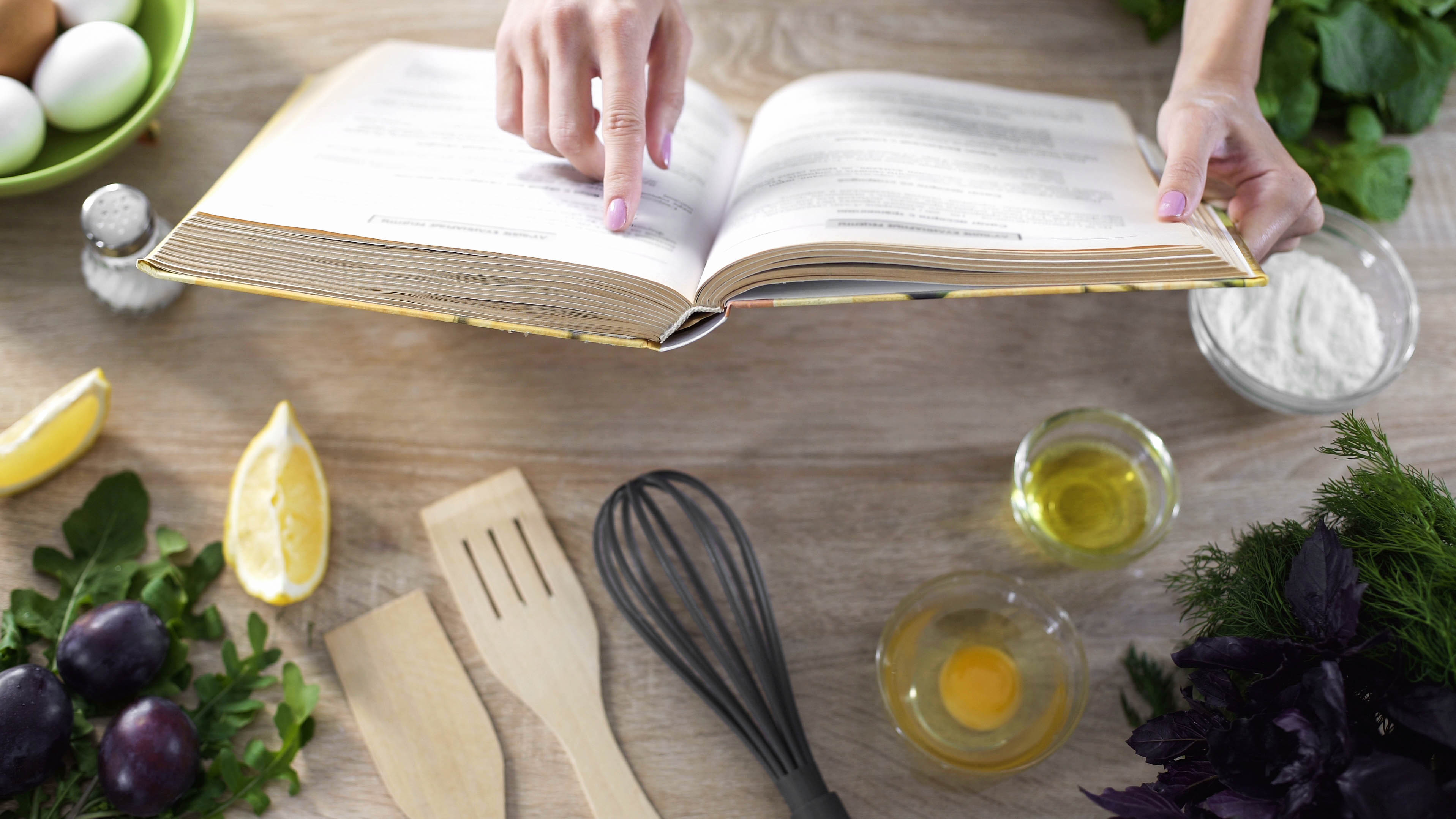
There’s a reason your bread machine comes with its own recipes. The ingredients and proportions will have been selected to suit the temperature, timings and settings on your machine. This should in theory give you the best results.
That’s not to say you can’t use alternative recipes, however the results might not be so reliable. You will potentially have to amend your chosen recipe with trial and error to get that perfect loaf.
4. Letting the yeast touch the water
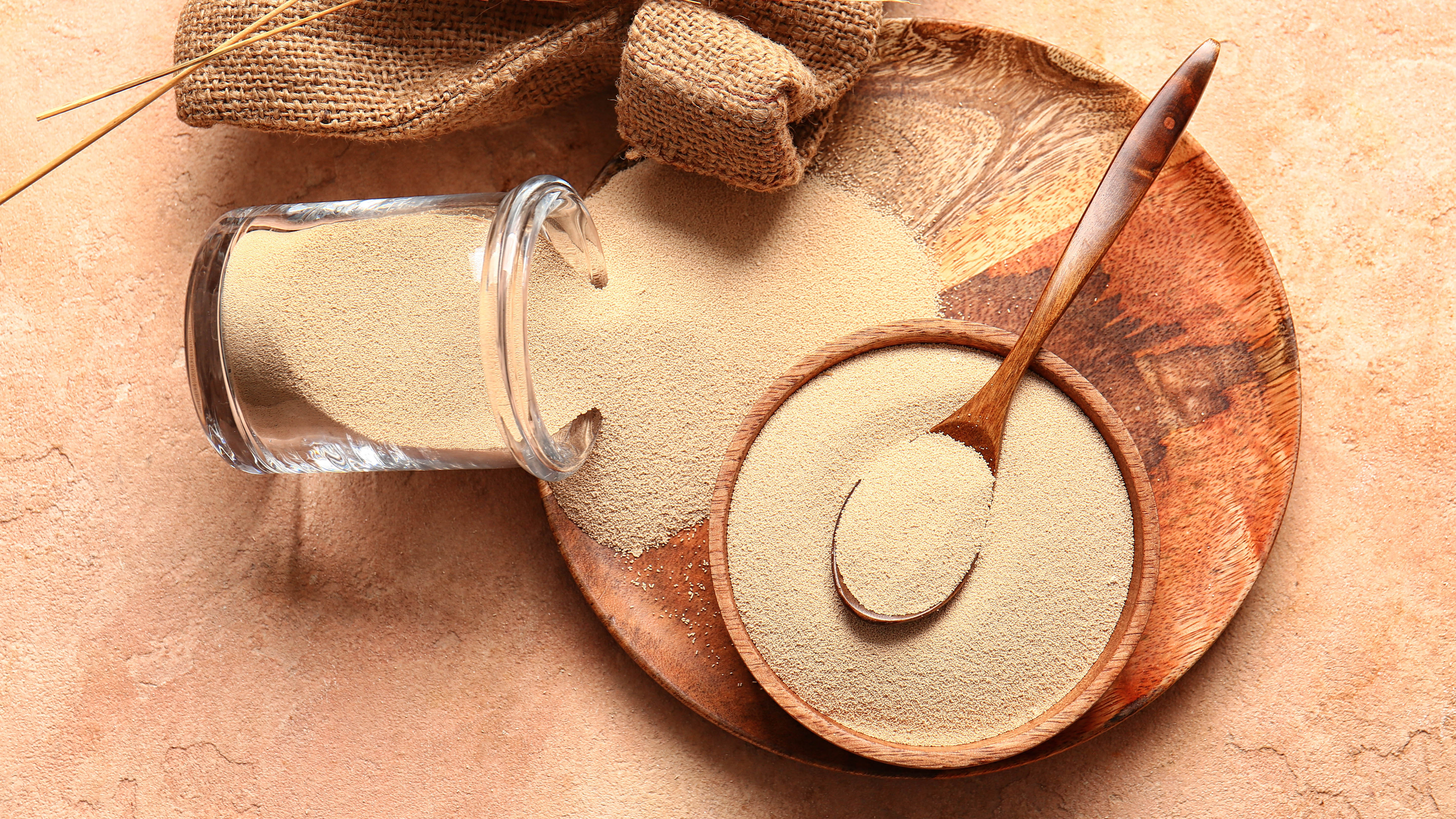
If you follow your recipe directions for a basic loaf of bread, you will notice there’s a particular order for adding the ingredients. There is logic behind this: first of all, the flour is usually added after the liquids so it doesn’t repel out of the pan and make a mess.
The yeast is usually added on top of the flour. This is to stop the yeast from making contact with the water until the program starts. If the yeast hits the water prematurely, it will dissolve and activate ahead of time. As a result, you won’t get the rise you wanted from your loaf.
5. Forgetting about the ambient temperature
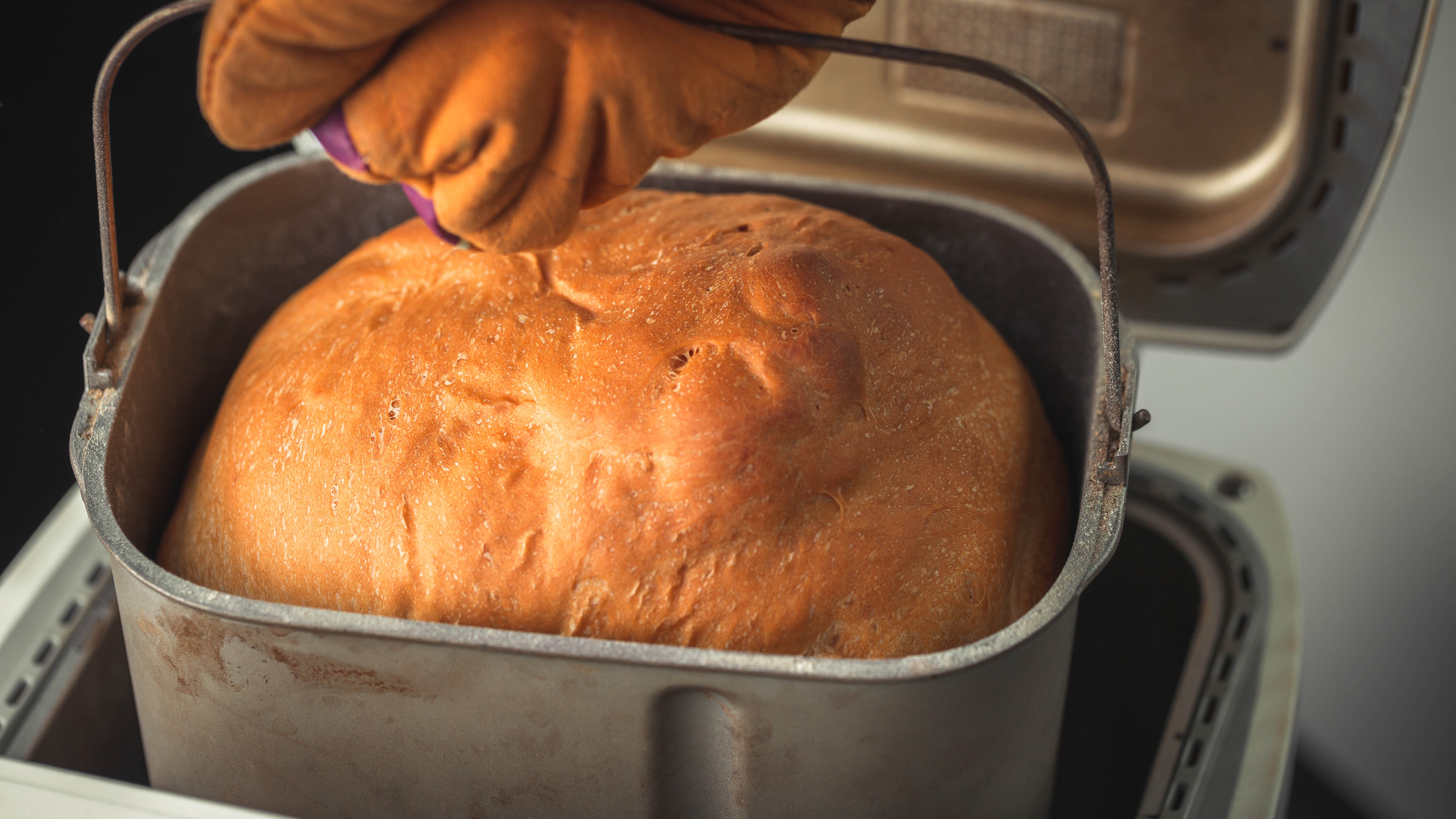
Don’t forget — when you bake bread, even the ambient temperature and humidity of the room will affect its progress. After all, a bread machine simply runs on a timer, and it’s unaware of the external conditions.
As a result, a hot environment will lead to excessive rising and a potential dip in the middle of the loaf, while a cold kitchen will suppress the rise and give you dense and chewy results. It’s best to bake bread during moderate temperatures, or be prepared to adjust the settings as you bake.
6. Using out of date ingredients
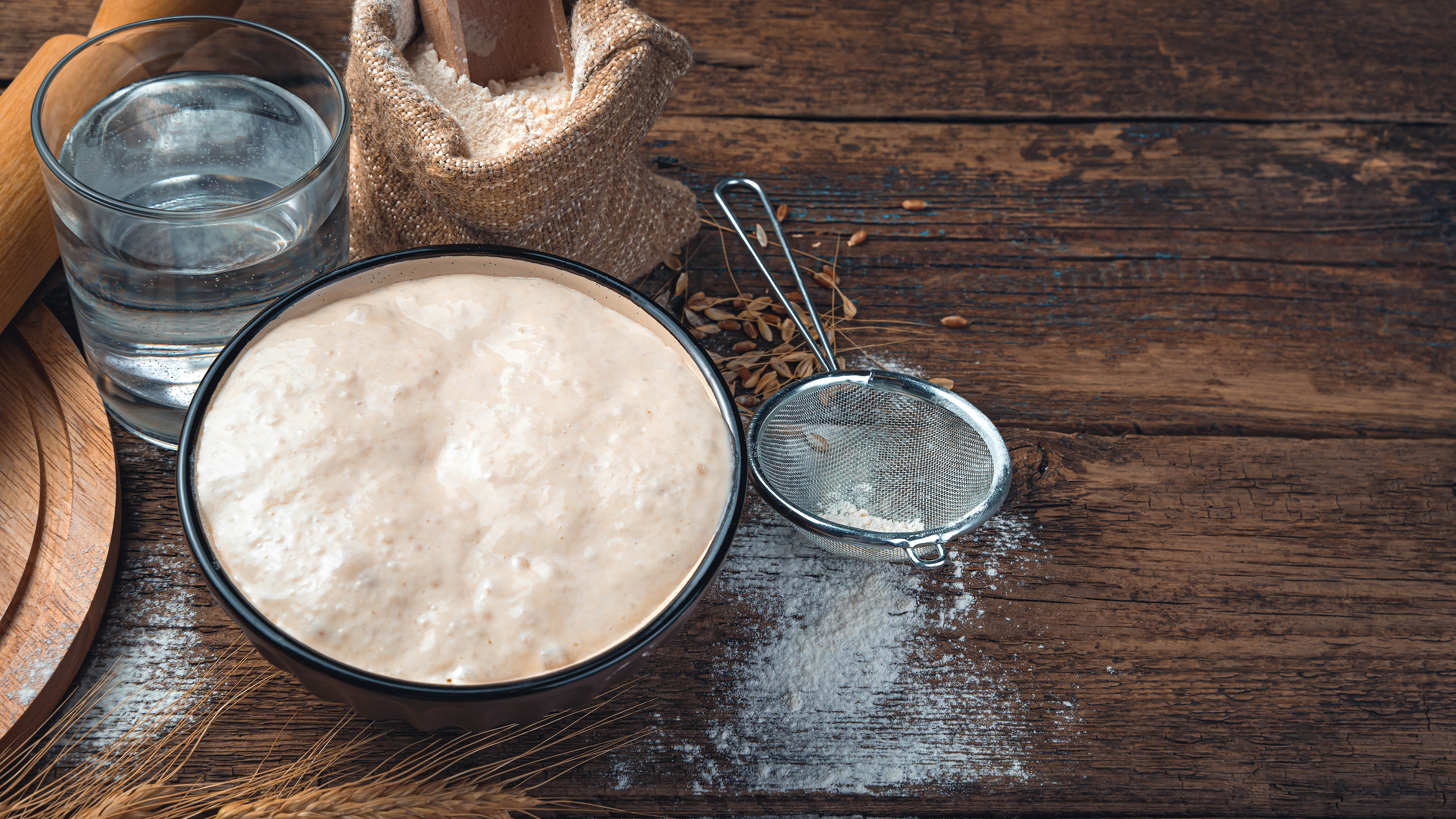
There’s nothing wrong with getting back into baking if it’s been a while, but you should always check the use-by dates if you’re resorting to old ingredients. Use by dates will not only affect the flavor, it can affect the baking process. Out of date yeast, for instance, takes longer to activate and rise, which will deter the shape of the loaf.
You should also make sure you are using the correct amount of ingredients. It can be all too tempting to assume that you’ve got roughly the right amount of flour remaining in the bag, and chuck it in. But if you go over or under the recommended amounts, the quality of your loaf will be affected, and you’ll need to adjust the balance of ingredients during the kneading process, which might not even be possible if you’ve gone way over the mark. It's best to use a kitchen scale, rather than measuring cups, as measuring ingredients by weight, rather than volume is more accurate.
7. Removing your bread at the wrong time
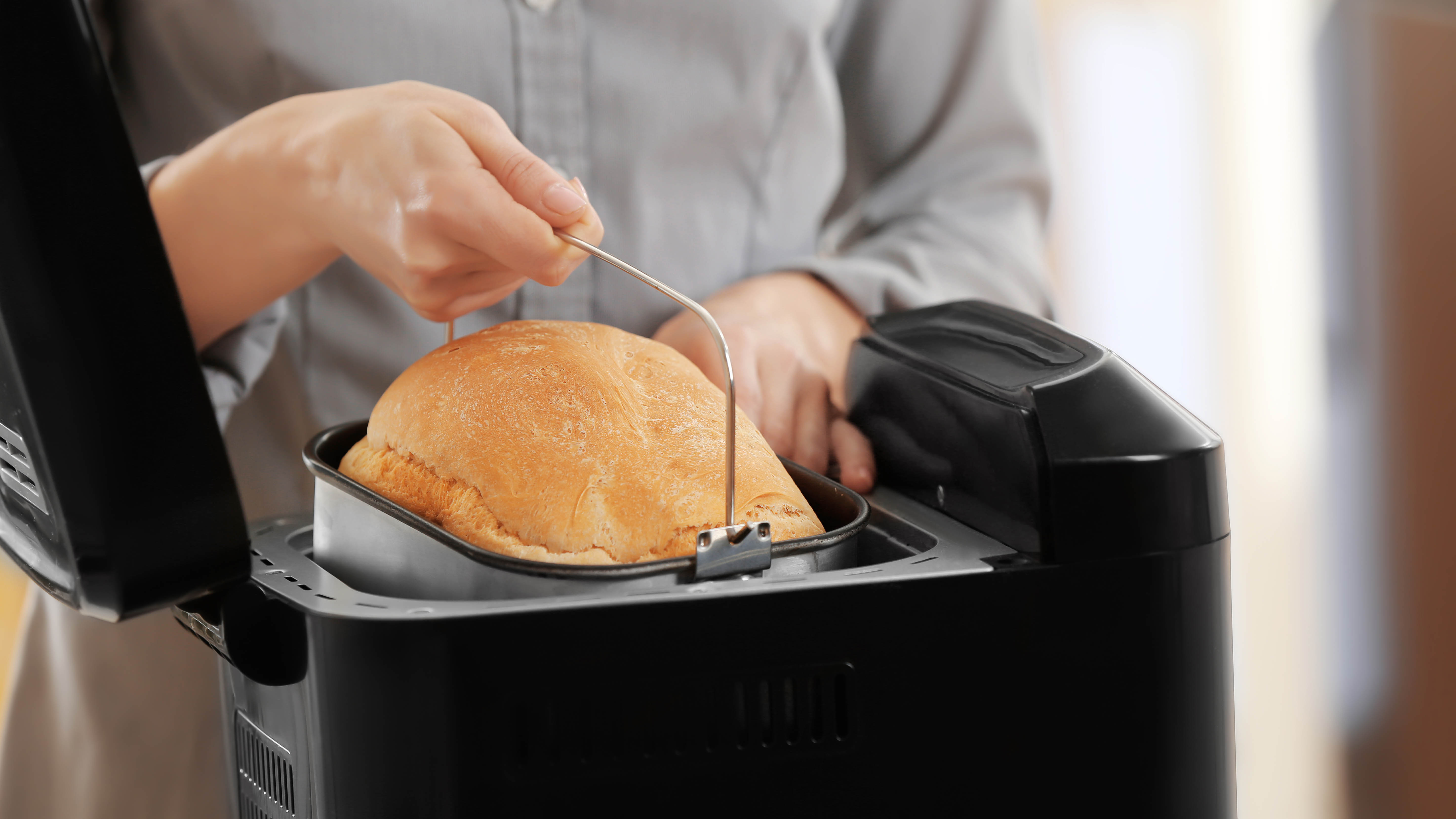
Once your bread has finished baking, you should remove it from the pan as soon as you can with oven gloves. If it’s too hot to do this safely, you can always leave it for 5-10 minutes to cool before attempting to remove it. Don’t leave it for too much longer though, because as the bread cools, it will release steam in the pan, which leads to a soggy crust.
Your fresh loaf of bread should last up to four days if stored correctly. However, you can extend its shelf-life if you refrigerate it. Store your bread in an airtight container — you can use plastic wrap or a bread box for best results.
8. Baking too much bread
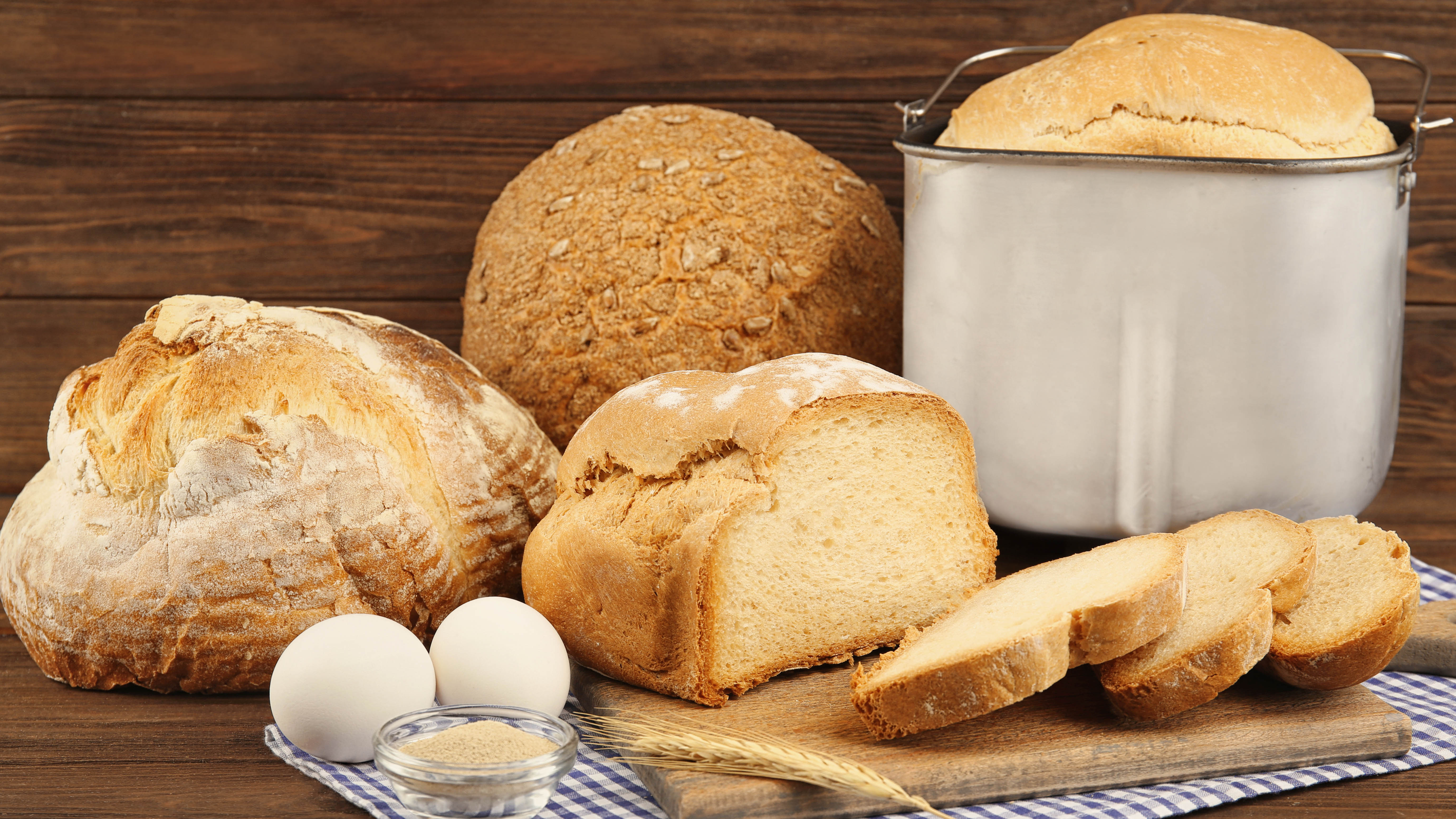
Most bread machines offer multiple loaf sizes to choose from, and whether it’s because we’re hungry at the time or just trying to use up ingredients, it’s all too easy to select the biggest loaf size "just in case."
The problem is, as mentioned above, freshly baked bread doesn’t contain the preservatives you’ll find in store-bought bread, so it never lasts as long as you imagine. This can easily lead to excess waste. Calculate how much bread you’ll use in slices before you measure out your ingredients. For guidance, a one-pound loaf should provide eight slices, and an extra half pound will give you another four slices.
If you do have excess bread and it's not moldy, you can always let it dry out, then grind it up in one of the best food processors to create your own breadcrumbs.
You might also want to check out how to make bread at home, the best electric ranges, best toaster ovens, best outdoor pizza ovens and the 14 foods that you should never put in the freezer.

Katie Mortram used to be a Homes Editor for Tom's Guide, where she oversaw everything from kitchen appliances to gardening tools, as well as smart home tech. Specializing in providing expert advice for cleaning and home manintenance, she now works as Household Advice Editor for Good Housekeeping.
